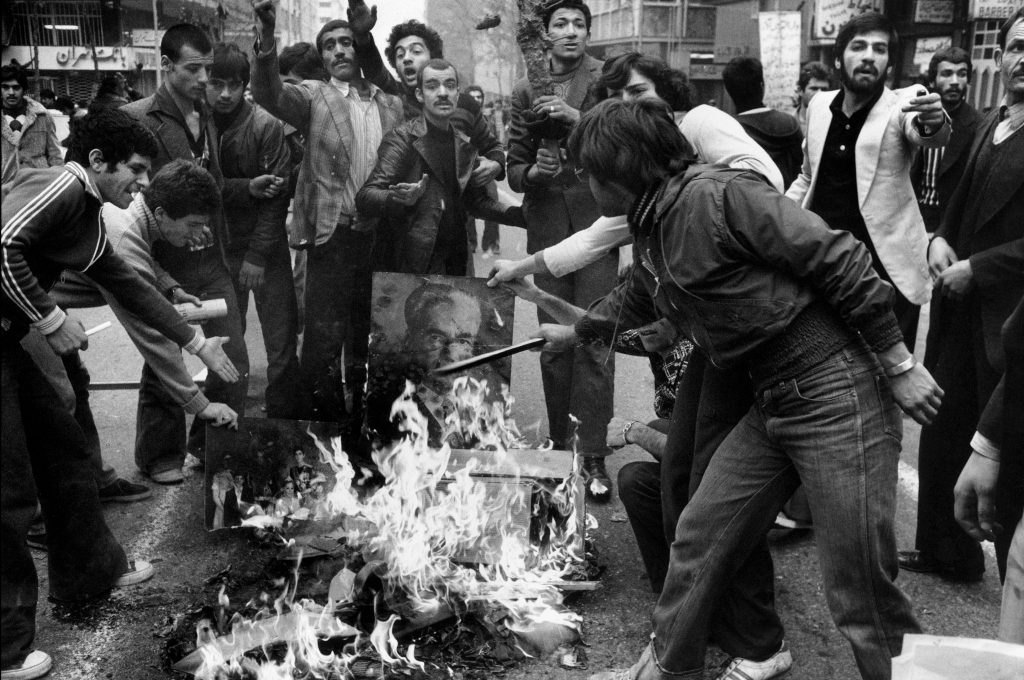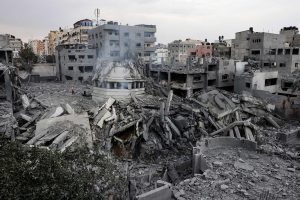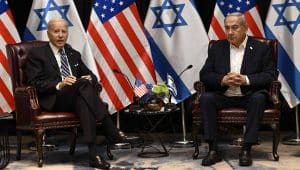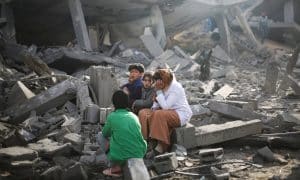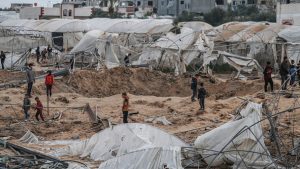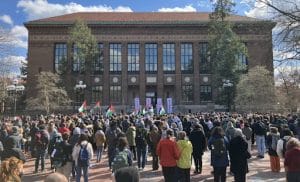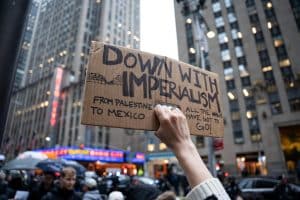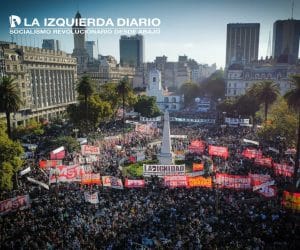On September 8, 1978, a day that came to be known as “Black Friday,” the Shah of Iran unleashed a massacre against demonstrators demanding the fall of the regime. In many ways, the events of that day were considered to be the trigger for the revolution that dethroned the Shah. That revolution, initially led by students, workers, and peasants, some of which were able to organize democratic bodies of self-organization called shoras, rattled other regimes across the Middle East, dramatically changing the geopolitical and social situation of the region.
Before the revolution, the Shah had imposed a regime of police control like never seen before. All of the money coming in from oil exports went directly toward enriching the army and the intelligence services. This strengthening of the repressive apparatus was strongly questioned by the intelligentsia, artists, and students who claimed Iran’s cultural identity. They repudiated the repressive methods of the world’s most savage intelligence police, the U.S.-backed and trained SAVAK, against the regime’s opposition which included many leftists.
In January 1978, the semi-official newspaper Ettela’at — the oldest Persian-language print media in the world — published an article accusing the exiled Ayatollah Ruhollah Khomeini of being a British agent of Indian origin serving British colonial interests. This article provoked a reaction from religious students in the city of Qom (an important religious center in Iran) who staged a sit-in protest against the Shah. The police dispersed the demonstration leaving dozens dead.
From then on, demonstrations began to take place every 40 days — the duration of the Muslim mourning period — as a symbolic gesture to commemorate the dead. The protests grew each time, with more and more demonstrators joining in, especially from the poorest sectors of the country and those linked with the traditional sectors of the petty bourgeoisie in the bazaars and mosques. This social composition was key since the main sectors of the opposition to the regime had been of a secular nature, but from then on religious leaders began to play a more prominent role.
On August 19, 1978, a film, called The Deer, which hones in on the misery brought about during the years of the White Revolution was shown at Rex cinema in the city of Abadan. During the screening, a fire occured and all 420 inside the theater were killed. Although it was never clear exactly what happened, the vast majority of Iranians believed that the SAVAK was responsible for the attack.
To repudiate the act, thousands demonstrated in various cities across Iran shouting “Death to the Shah” and “USA out.” In Tehran, more than 1 million people demonstrated on September 5, 1978. The Shah imposed martial law and brought out the Army to contain the protests with more repression while giving political and religious concessions.
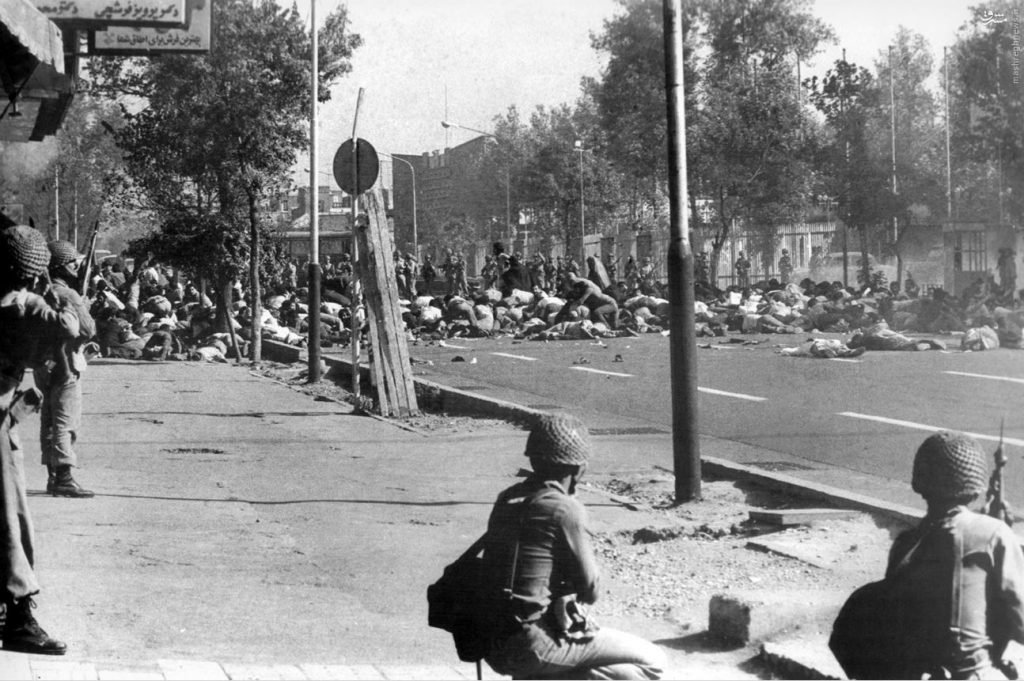
On September 8, 1978 thousands flocked to Jaleh Square in Tehran. Soon after, the police opened fire on the peaceful demonstration. On that day, according to the chronicles, between 900 and 3,000 demonstrators were gunned down, going down in history as Black Friday.
That massacre broke any possibility of dialogue, and a general strike was immediately launched among the main sectors of the industrial working class in response. Above all, oil workers in Tehran and the petrochemical complex of Bandar Shapur initiated the strikes and inspired workers in Isfahan, Shiraz, Tabriz and Abadan to join them. These strikes quickly spread to state factories, transport sectors, and also telecommunications. In a few days oil production fell by 30%, having an impact on the world market. The demands for wages and for improvements in living conditions quickly took on a political character, with demands for the fall of the Shah.
During those months the shoras sprang up. These bodies were a form of self-organization similar to the Russian soviets, and were a space where leftist parties and activists (weakened by years of SAVAK persecution and exile) were able to exert some influence.
You might also be interested in: Permanent Revolution in Iran
For Washington, which had been supporting the Shah, it was clear that the regime had become increasingly fragile. It had to avoid a workers’ revolution in the Middle East, so the U.S. began to contact religious leaders linked to Khomeini and the leaders of the National Front with the intention that the resulting government should be pro-American within the framework of the Cold War.
Between October and November the country was paralyzed by an insurrectionary general strike which included all the main branches of the economy: refineries, factories, commerce, universities, transport, communications, steelworks, copper mines, railroads, and ports.
The Shah tried to maintain calm in response to the strike. He tried to form a “government of national conciliation” with a series of concessions: freedom for political prisoners, the cutting of oil supplies to Israel, cuts to the military budget and the dissolution of SAVAK. Jimmy Carter sent General Robert E. Huyser to ensure that the armed forces stood firm with the government while negotiations were opened with the liberal and Islamist opposition forces. The U.S. could not allow the USSR to advance in the Middle East after the founding of the Democratic Republic of Afghanistan.
The radicalization of the strike movement cornered the Shah who fled on a permanent vacation in mid-January 1979. On February 1, Khomeini was greeted by 5 million people at Tehran airport. He immediately appointed a provisional government headed by a member of the Islamist wing of the National Front. Soon the Revolutionary Council and the Pasdaran (known as the Revolutionary Guard) were established.
The fall of the Shah unleashed the political struggle over what type of regime to establish. At that time, Khomeini had not yet consolidated his Islamic regime and workers organized under the shoras still held control over the economy. Political influence was also divided between the liberal bourgeoisie and the Left (which had many sectors embrace Khomeini’s “anti-imperialist” discourse). One of the first demonstrations against an Islamic Republic was on March 8, when the newly founded regime put forward a mandate for women to wear the hijab. Hundreds of thousands of women took to the streets of Tehran against this measure. Also on May Day 1979, 300,000 people gathered in the capital. Meanwhile, thousands of students refused to return to classes. The shoras (which had achieved widespread territorial power but were localized in the industrial centers) ignored the Revolutionary Council’s orders to return to work, and Khomeini’s requests that they be disbanded.
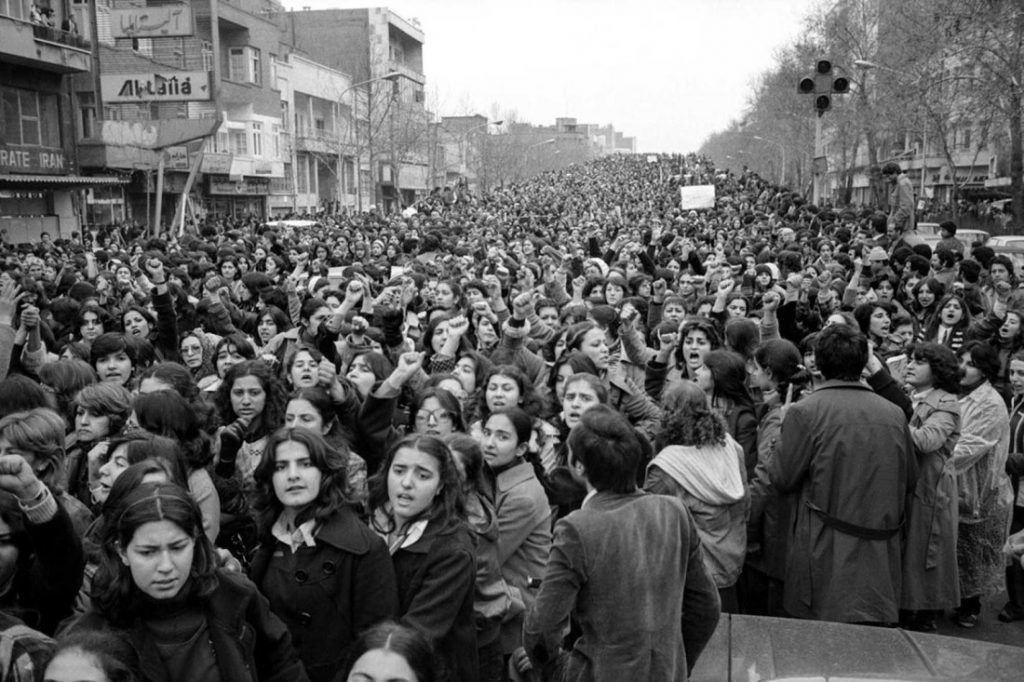
The shoras quickly began to confront the provisional government and deepen the measures by demanding wage increases and improvements in housing, all while nationalizing several factories. However, the struggle was carried out in a fragmented manner, without leading to the confluence of large coordinating groups. The political objectives of the shoras began to collapse as Khomeini advanced in his repression and influence, confronting them more and more openly. As he formalized his political role, he carried out a mass maneuver: in April he called a referendum, Monarchy or Islamic Republic? 99% voted for the second option.
The attempts of various organizations to boycott this plebiscite and the elections to the Council of Experts – in which 40% of the electorate participated – showed that Khomeini was finding it difficult to set up his “Islamic State”.
Khomeini’s proposed religious constitution gave rise to the existence of a Supreme Leader who stands above all of society and would answer only to God until the return of the prophet. It would bring in laws of oppression of women and strict Islamic law. However, they had to concede that the president would be elected by popular vote, while formally containing social rights such as free education, health and housing, and freedom of speech, among others.
There was widespread opposition within the provisional government, but also from thousands who opposed the constitution written in the blood of those killed by the repression, including the crushing of the Kurds and Azerbaijanis who hoped to achieve self-determination in the midst of Iran’s revolutionary process.
The repression, the seizure of the U.S. embassy in 1979, and the invasion of Saddam Hussein in 1980, allowed the new regime to consolidate and impose itself. The Iraqi attack allowed Khomeini to divert the tensions of the population while executing more than 8,000 opponents, including military, leftist militants, women, workers, and students, in the establishment of the regime through terror under the name of the Islamic Republic of Iran.
That Black Friday of September 8, 1978 gave impetus to the Iranian Revolution, which began with democratic and social demands rooted in the exploited classes, giving the working class the possibility of developing organizations of mass self-determination. But the absence of a revolutionary leadership, the submissiveness of the leftist organizations to the Khomeini government with the illusion that it would establish a “democracy,” allowed him to establish a regime as oppressive and reactionary as the previous one.
First published in Spanish on September 8 in La Izquierda Diario.
Translation: Maryam Alaniz


